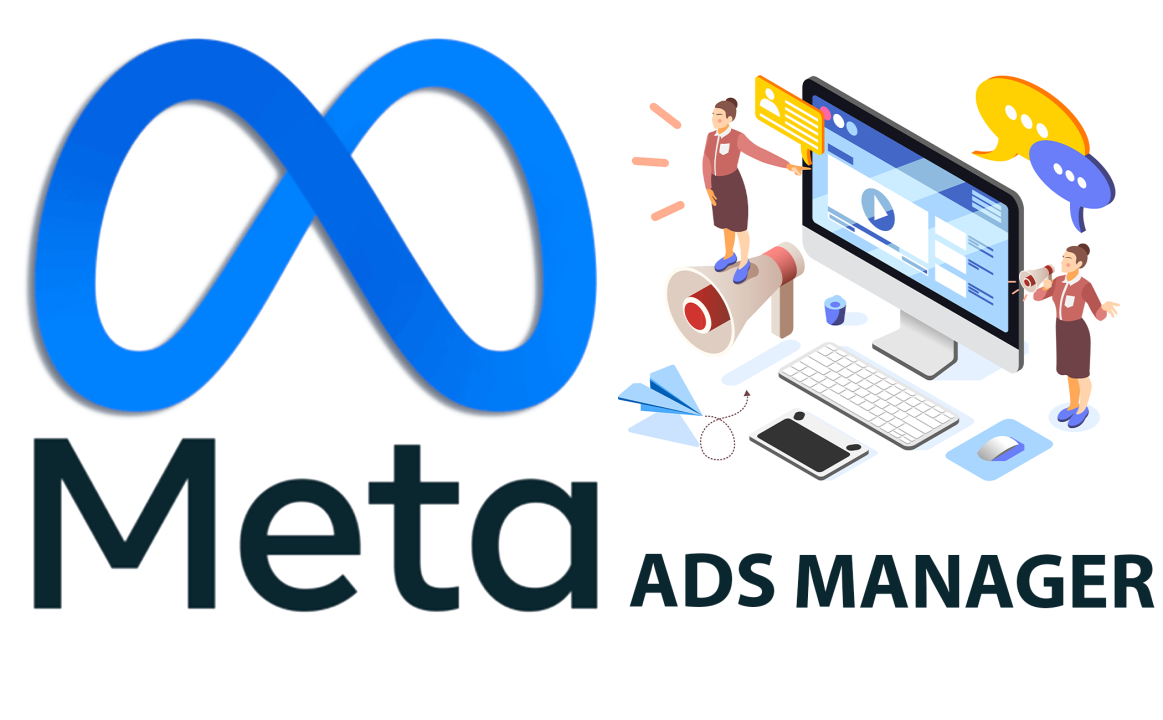If you are serious about your Facebook ad campaigns, you should figure out how to analyze meta ads like a pro. Once you are able to track the performance of each campaign, you can learn a lot from its performance.
Running Meta (Facebook) ads is only half the game. The real power lies in knowing how to read the data—because that’s what tells you what’s working, what’s not, and what to fix next. Whether you’re a beginner or already spending hundreds daily, understanding your ad metrics is key to maximizing ROI and scaling smart.
In this guide, we’ll break down the most important Meta Ads metrics, how to analyze them, and what to do when your performance dips.
Why Metrics Matter in Meta Ads?
Imagine driving a car with no dashboard. You wouldn’t know your speed, fuel level, or direction. That’s what running ads without checking metrics looks like.
When you analyze the right data:
- You reduce wasted spend
- Find out which audience or ad creative performs best
- Make informed decisions to optimize and scale
Top Meta Ads Metrics You Need to Track
Here are the most crucial performance indicators inside Ads Manager—and what they actually mean:
1. CTR (Click-Through Rate)
- What it is: The % of people who clicked your ad after seeing it.
- Why it matters: A high CTR means your ad is relevant and engaging.
- Benchmark: 1%-2% is average; aim for 2%+ for cold audiences.
Low CTR? Try improving your creative, headline, or audience targeting.
2. CPC (Cost Per Click)
- What it is: How much you’re paying per click.
- Why it matters: Lower CPC = cheaper traffic. But it’s only good if the traffic converts.
- How to improve: Test better creatives, refine targeting, or tweak placements.
3. CPM (Cost Per 1000 Impressions)
- What it is: What Facebook charges to show your ad 1000 times.
- Why it matters: It reflects competition. Higher CPMs = more expensive ad space.
- What affects it: Time of year (holidays = pricey), audience size, ad relevance.
Pro tip: A strong creative can lower CPM by increasing engagement.
4. Conversion Rate
- What it is: % of people who complete a goal (buy, sign up, etc.) after clicking your ad.
- Why it matters: It tells you if your landing page and offer are working.
- Good conversion rate: Varies by industry but 2–5% is a solid average.
If you have high CTR but low conversion rate? It’s likely a landing page issue, not an ad problem.
5. CPA (Cost Per Acquisition/Action)
- What it is: How much it costs to get one lead, sale, or conversion.
- Why it matters: This is your bottom line metric.
- Your goal: Always aim to keep CPA below your breakeven number.
6. ROAS (Return on Ad Spend)
- What it is: The revenue you earn for every $1 spent on ads.
- Formula: Revenue / Ad Spend = ROAS
- Goal: Most businesses aim for at least 2x ROAS; e-commerce often targets 3x–5x.
If ROAS is low, diagnose where the leak is—ad? funnel? product?
7. Frequency
- What it is: How many times the same person sees your ad.
- Why it matters: High frequency = ad fatigue = wasted spend.
- Tip: If frequency goes over 3–4, refresh your creative.
How to Read Your Ads Manager Like a Pro?
When you open Ads Manager:
- Set the right time frame (7 or 14 days for trend spotting)
- Compare campaigns, ad sets, and individual ads
- Use custom columns to focus only on metrics that matter (like ROAS, CTR, CPA)
- Look at performance by placement (e.g., Instagram Reels vs Facebook Feed)
What To Do If Your Ads Stop Performing
Performance drops? Don’t panic. Here’s a quick checklist:
| Problem | Likely Cause | Solution |
| Low CTR | Bad creative or wrong audience | Refresh visuals and test new targeting |
| High CPC | Weak ad relevance or too small audience | Broaden audience or test interest stacks |
| Low ROAS | Poor funnel or product-market fit | Improve landing page or offer |
| High frequency | Ad fatigue | Launch new ad creatives |
✅ Bonus Tips: Make Analysis Easier
- Use Breakdown Tool: Check performance by age, gender, device, placement.
- Save Reports: Create reusable custom reports in Ads Manager.
- Compare Periods: Use the date comparison tool to spot changes over time.
Final Thoughts: Data-Driven Scaling Starts Here
If you’re not analyzing your Meta Ads, you’re flying blind. But with a few key metrics and some practice, you can spot what’s working, cut what’s not, and start scaling with confidence.
Next step? Open your Ads Manager and start tracking:
- CTR
- ROAS
- CPA
- Frequency
Make it a weekly ritual—and watch your results improve like magic. Use every ad campaign as an opportunity to learn as this is the only way you can get the desired results.

